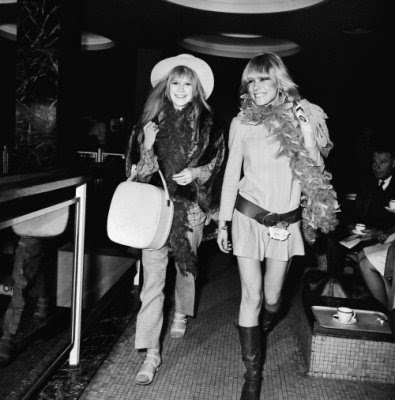"Radio Desire" (Bolivia) is an issue which will commemorate 50 years of the Rolling StonesCincuenstones: celebrating the RollingBy Carolina Hoz de Vila -LaPrensa.com.bo31/12/2011
For devotees of the Rolling Stones in 2012, reach a musical on Radio FM 103.3 I in charge of the conductor, writer, musician, collector and journalist Puka Reyesvilla: Cincuenstones. The 50th anniversary of the Rolling Stones is a great reason to explore the career of the English band, through a retrospective of his records and history. In 50 episodes, until December 2012, will review several curiosities inexhaustible. "Even so the issue does not end, as the Rolling Stones world is too vast a sea," said Reyesvilla, adding that "there will be a deconstruction of his songs, chronology and tributes by others: a tour of the stone thing" .The trace of L0S 50. Cincuenstones will be watching the movements of the UK during 2012, over 50 episodes. "Everything will revolve around the 50 th anniversary of this group and will bring a series of data and trivia about these musicians. Everything about is integral to the concept of 50. Many stories, documents, rarities, curiosities. Probably the middle of the year was complemented by an exhibition (it is in see).Another option is to assemble a band-aid for the occasion, but that nothing is certain "forward Reyesvilla. The program will be accompanied by news of a blog, in which the journalist responsible for keeping everyone up to date on the activities of the Rolling Stones in the following management: cincuenstones.blogspot.com.World tour. Reyesvilla noted in his blog that "there is the possibility that the tour of the 50th anniversary of the Rolling Stones to materialize, after British group members were seen leaving together in a meeting." An occasion to celebrate in a program.Issuance. The radio show will air every Tuesday from 21.00 to 23.00, from the second to the penultimate Tuesday of the year ahead.
34 years ago 34 Reyesvilla collect souvenirs and anything having to do with the English band.
60 years of one of the biggest bands in rock history are reason enough to inspire a program.
"Cincuenstones will last a year and as a document of rock. There is no greater claim to greet the half century of the 'boys' and celebrate. "
Puka Reyesvilla / DRIVER
Collector vocation. The collection of artifacts and souvenirs that the driver has the quartet in residence is a passion that company for 34 years. "I have collected lots of interviews, a memory every day, year after year of his life and miracles, versions jazz, mariachi, techno, Latin, children's song, orchestra, everything you can imagine." Puka Reyesvilla declaring a fervent scholar of the Rolling Stones and proclaims himself as a fetishist of the relics of rock.The collection: a journey through memory that never ends. The collected objects are an extension of each person, describe his biography and his feelings. Puka in each of your belongings a deep connection with his life. "On every trip with something. No need to search, objects found me. "









































